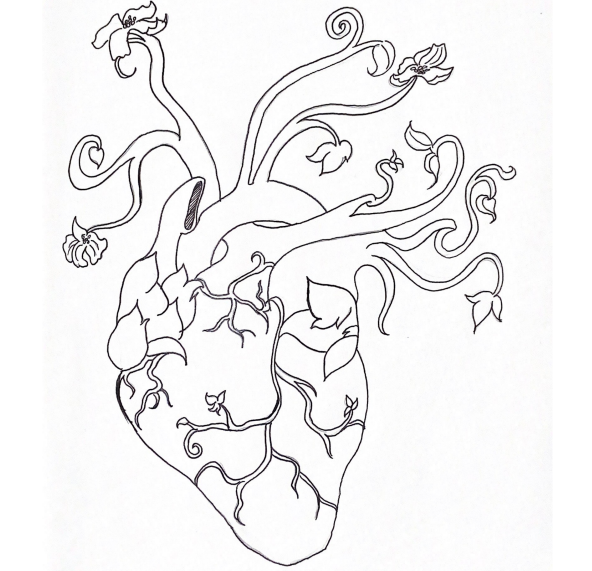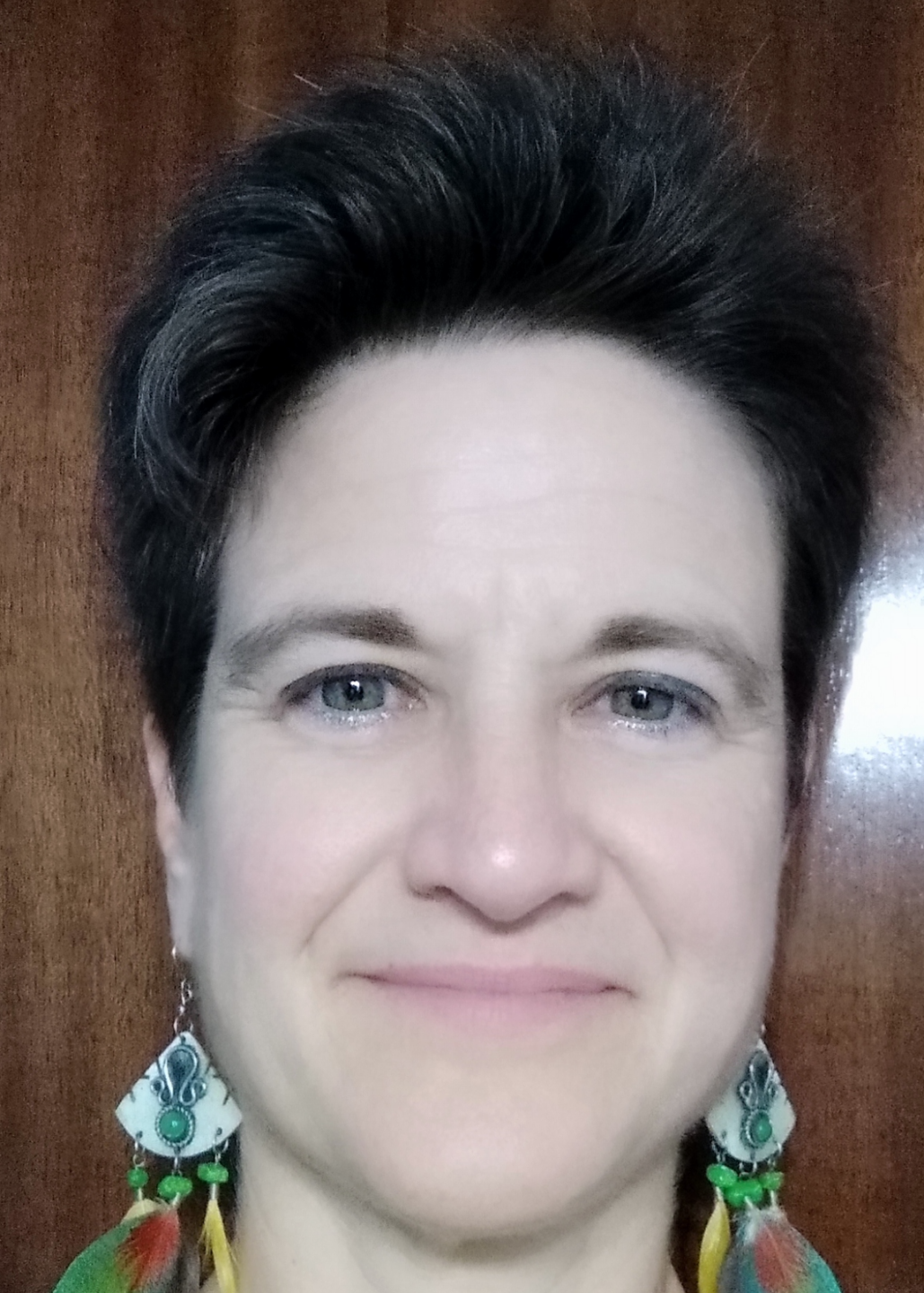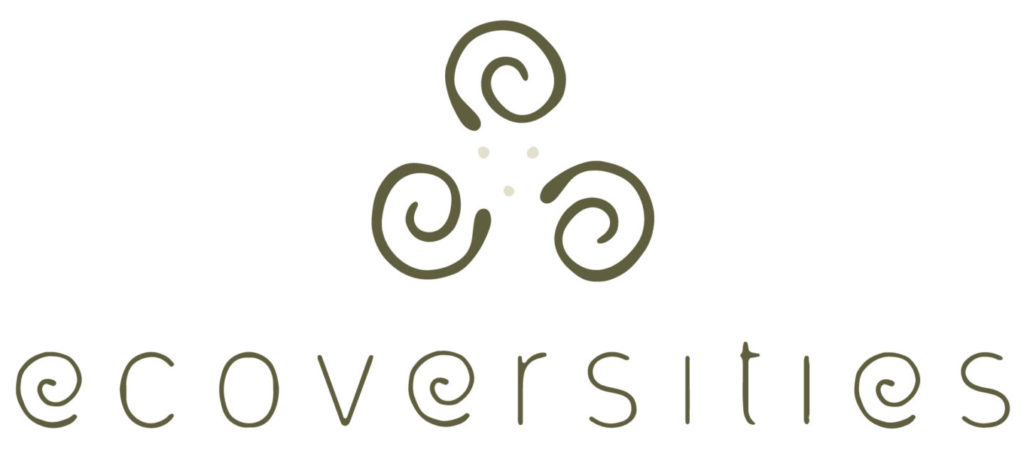by Doerte Weig

Trauma – not that which happened, but the inner response to what happened
Healing – a renewed and continuous alignment and aliveness with Life
I refuse to continue living with a broken heart
I cannot live peacefully with a heart raging with anger
What would it mean to heal the hurt in my heart,
the trauma passed down through so many generations?
Why do I have to carry all this?
Why me? Why my people?
Who is on the other side of this hurt, my hurt?
Who is the “other” I am raging against?
Prejudice – often arises simply from a bodily sensation leaving you feeling uncomfortable. a perception of threat is sufficient to initiate prejudicial feelings.
‘Other’ or ‘stranger’ – not in existence as ontologically prior, but constructed through social relations and as part of self
How can we communicate about the hurt, me and the other?
Who else needs to be part of our conversation for intergenerational healing to become possible?
human microbiomes – only 1% human, and 99% other
Fascias – bodily connective tissues, which intelligently respond to how a person treats their body. This fascial capacity is considered an other intelligence, a stranger, an alien inside.
As I peer beneath my human skin, beneath the layer that supposedly separates me from the world, I sense fascias’ living, shifting-sliding vibrational qualities and the gurgling of (my) microbiome.
I – always already multispecies encounters,
continuous co-composings of cellular breathings,
pulsating to connect
to swirl
with plants and other ancestors
Attuning to these cellular qualities and rhythmicities helps me overcome the com-modifications of human bodyings and communities, and move towards ancestral interconnectedness.
Deeply listening to inner-body somatic babblings, enriches my vocabularies with new sounds which challenge long-standing binary debates in human politics. My anger transforms towards thinking-perceiving in non-identitarian, processual ways.
And my broken heart intuitively comprehends the ancestral wisdom of socio-somatic polyphonies, which are both conservative and creative, enabling continuity and change.
How come we have lost this knowledge around how sounding and moving together generates and maintains long-term social cohesion and harmony?
Why, as humans, do we dare to ignore ecosomatic practices towards the happiness, trust and reliability we long for?
Qualities of rhythms, seasons, cyclicity, ongoingness begin to shape my daily presence and my responses to the hurt and trauma of power-over. sounding and singing with and through the more-than transmutes limits of intergenerational healing towards power-with
attuned ecosomatic resonance empowers my responding not from a presence of anger and pain. interconnectedness enables responding with joyous alignment to the rainbow of shadow and light that is life.
Trauma – not that which happened, but the inner response to what happened
ecosomatic – direct sensory perception of body meets awareness of bodying as nested part of ecologies
Healing – a renewed and continuous alignment and aliveness with Life
References
Ahmed, Sara 2000. Strange encounters: Embodied others in post-coloniality. London: Routledge.
Allport, Gordon W. 1954. The nature of prejudice. Cambridge: Addison-Wesley.
Dumit, Joe & O’Connor, Kevin 2016. The Senses and Sciences of Fascia: a Practice as Research Investigation by Joseph Dumit and Kevin, in Hunter, Lynette, Krimmer, Elisabeth & Lichtenfels, Peter (ed.): Sentient performativities of embodiment: Thinking alongside the human: Lexington Books, 35–54.
Knight, Chris and Lewis, Jerome (2014), ‘Vocal deception, laughter, and the linguistic significance of reverse dominance’, in D. Danny, K. Chris and L. Jerome (eds), The Social Origins of Language, vol. 19, Oxford: Oxford University Press, pp. 297–327.
Knight, Rob, et.al. 2017. The Microbiome and Human Biology. Annu. Rev. Genom. Hum. Genet. 18(1), 65–86.
Levine, Peter A. 1997. Waking the tiger: Healing trauma through the body. Berkeley: North Atlantic Books.
Margulis, Lynn & Sagan, Dorion 2000. What is life? Berkeley: University of California Press.
Maté, Gabor (2021) Wisdom of Trauma – featuring Dr. Gabor Maté. Film. Science & Nonduality, 2021. By Maurizio and Zaya Benazzo.
Weig, Doerte 2021. Tensional Responsiveness: Ecosomatic Aliveness and Sensitivity with Human and More-than. Bielefeld: Transcript.
Weig, Doerte (2021),‘Novel ecosystemic awareness: Singing-dancing-laughing with Earth’, Journal of Dance & Somatic Practices, 13(1&2), 53–65. doi.org/10.1386/jdsp_00036_1
Weig, Doerte 2020. Fascias: Methodological Propositions and Ontologies That Stretch and Slide. Body & Society 26(3), 94–109. doi.org/10.1177/1357034X20952138

Doerte Weig’s fascination is to uncover how different facets of human physicality relate to socio-political transformation and ecological awareness. Doerte has a PhD in social anthropology and experience researching with hunter-gatherers, contemporary dancers, citizen scientists, corporate managers and fascia specialists. She enjoys audiovisual media for presenting research results (i.e., Changing Perspectives by Water Magic or The Sounds of Non-Violence). Doerte believes that we cannot think-perceive or speculate about the future of human societies, education, health or work without taking into account more the sensoriality of our moving-sensing bodies. In her book Tensional Responsiveness: Ecosomatic Aliveness and Sensitivity with Human and More-than, Doerte offers new vocabularies around ‘bodying’ and other inspirations for raising responsive ecosystemic sensitivity and awareness in humans. www.movementresearch.net


